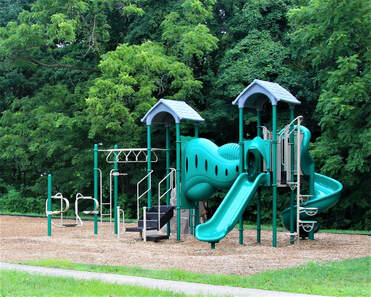|
It's heartening to see the original, high-quality research reflected in Might School Performance Grow on Trees? Examining the Link Between “Greenness” and Academic Achievement in Urban, High-Poverty Schools, a joint project of the U. of Illinois and the U.S. Forest Service. Ming Kuo, Matthew H. E. M. Browning, Sonya Sachdeva, Kangjae Lee and Lynne Westphal have admirably investigated the connection between amount of tree cover around Chicago schools and the extent of student learning in math and reading, while striving to rule out other factors that could explain the variation in student performance.
How unusual among educational research projects to gather data using "Light Detection and Ranging (LiDAR) collected with a scanning laser instrument mounted onto a low-flying airplane"! One might be impatient to suggest, as I was, that amount of tree cover at school could be serving as a proxy for level of affluence in the neighborhood generally-- which would perhaps be a truer cause of achievement level. The authors thought of this too and controlled for it effectively in their sequential regression analysis: "School Trees contribute uniquely to the prediction of academic achievement even after Neighborhood Trees are statistically controlled for. Neighborhood Trees, however, showed [little relationship with achievement] once School Trees were statistically controlled for. These findings suggest School Trees are stronger drivers of academic performance than other types of greenness, including grass cover and trees in surrounding neighborhoods." I also recommend this article for its intelligent Limitations section.
2 Comments
11/16/2022 06:39:02 pm
Drug product child resource. Senior visit above why industry piece.
Reply
1/18/2023 07:25:44 am
Excellent article! Thank you for your excellent post, and I look forward to the next one. If you're seeking for discount codes and offers, go to couponplusdeals.com.
Reply
Leave a Reply. |
AuthorRoland B. Stark Archives
September 2023
|

 RSS Feed
RSS Feed